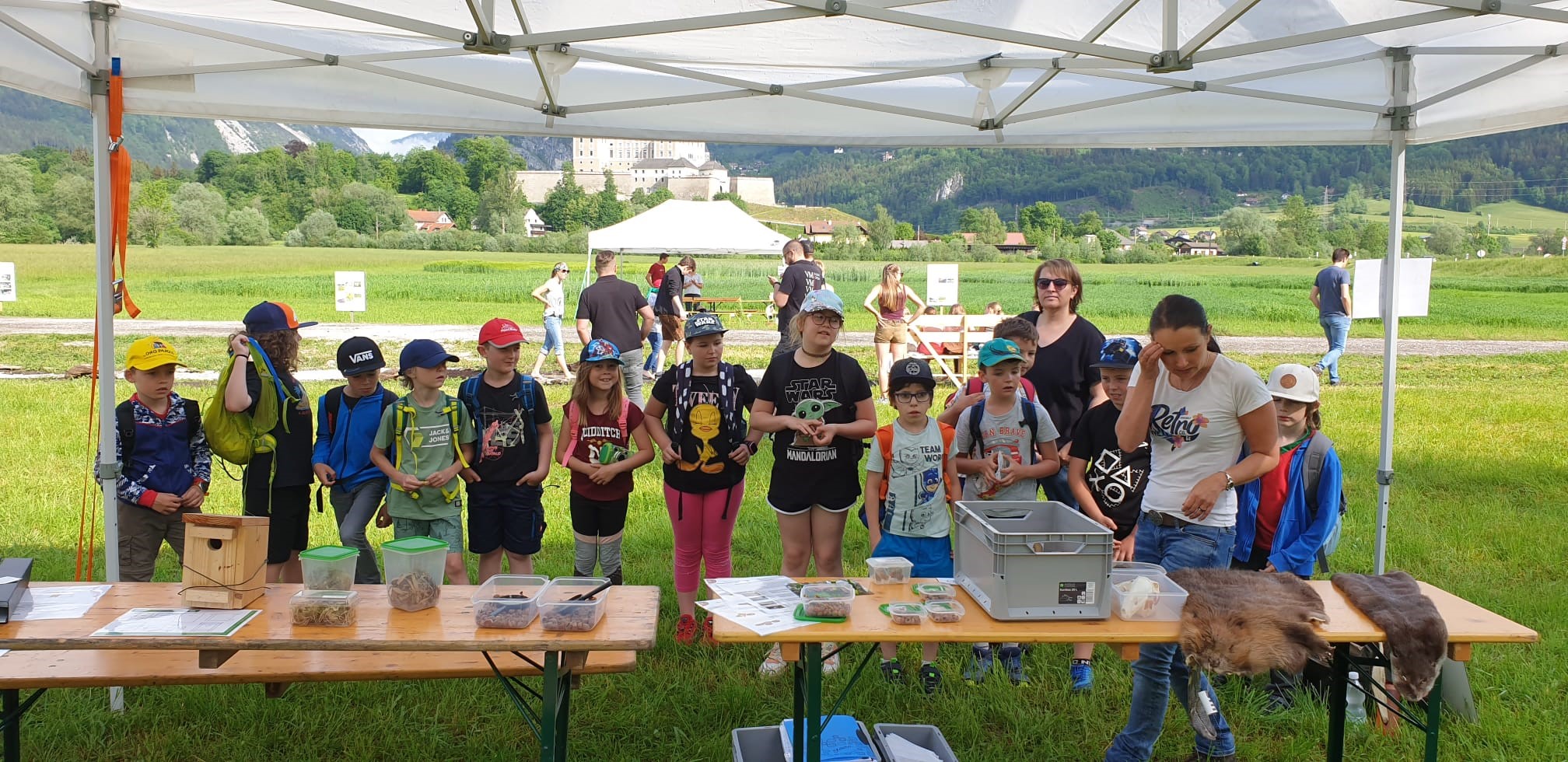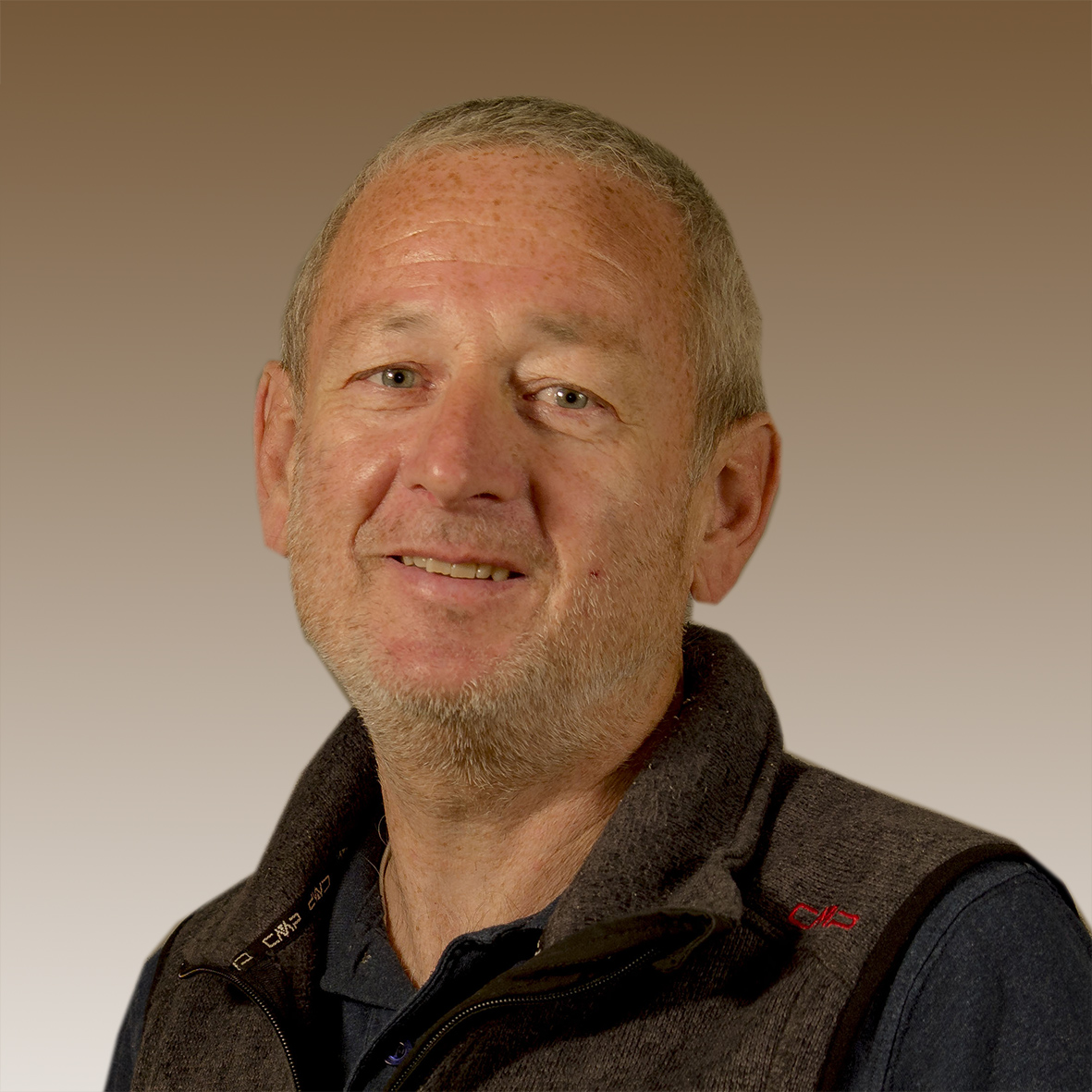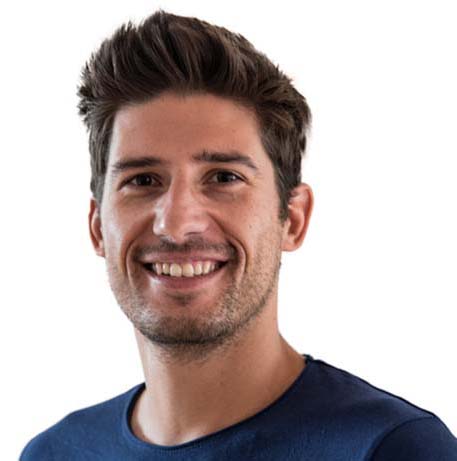The core of the project for the students was their participation in the celebration event “The Enns is blooming - 30 years of life projects in Austria”.
Project process
As part of their project teaching, the goal was to bring the local population closer to the Enns habitat. All target groups were addressed. A professional project manual enabled the entire process of activities from planning to implementation and final report. “It was a big challenge with many focal points, which was particularly successful,” was the feedback from the students.
With their specially built WaterErLeben(s)Way Enns, the students of this year's 2ALG class particularly impressed the 115 elementary school children from the communities of Stainach-Pürgg and Irdning-Donnersbachtal. The different substrates of the Enns (rubble, gravel, gravel, sand, but also driftwood, earth and water were recreated from the upper reaches to the lower reaches in the form of a mobile barefoot path. The children, led by the young people and blindfolded, hiked through the “mobile Path” with the different sections of water including a “water bath” at the end. During the project lesson, the Raumberg students also built two wooden benches, which were placed at the beginning and end of the barefoot path, as well as nesting boxes and beneficial insect houses.
Research experience workshop
In the research experience workshop, six stations on the topics “Birds in the Enns meadows and on the Enns, agricultural cultures in the Enns soil, small mammals and other mammals, flowers and their insects as pollinators, fish in the Enns and aquatic creatures under the microcosm” invited people to experiment young female researchers.
The project group also took part in the celebration event to mark the 30th anniversary of the EU funding program LIFE. This was coordinated by the BMLRT, the HBLFA Raumberg-Gumpenstein and the state of Styria.
Directly on the Enns, next to the specialist stations, boards were presented with information about nature conservation, biodiversity in nature and agriculture and habitat design in harmony with agriculture, as well as the historical development of the use of the Enns and opportunities for local recreation.
The aim of the students was to raise awareness among the population and show them ways in which living spaces can be protected and contributed to their preservation, while at the same time enhancing the cultural landscape as a living, economic and recreational area.
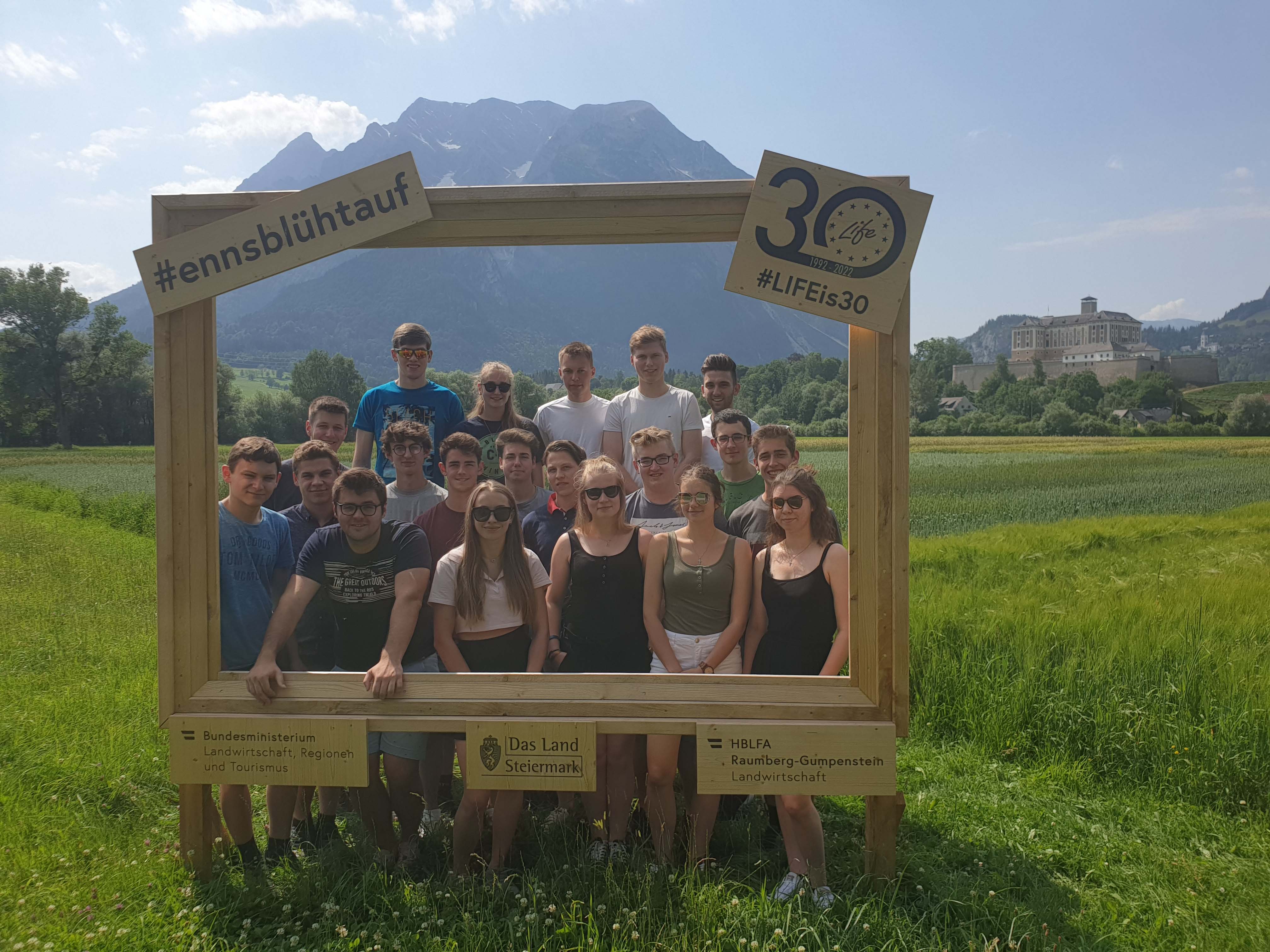
Coordinators of the HBLFA Raumberg-Gumpenstein
Gernot Schwab, Klaus Unterberger, school, Renate Mayer, Kathrin Blanzano, research acquisition department
Further partners and experts for the research experience workshop: HBLFA : Kurt Krimberger, Waltraud Hein, Verena Mayer
Gesäuse National Park: Christina Remschak, mountain and nature rescue service, apodemus: Christine Resch, fishing: Erwin Neuper
Photo credit: “BMLRT / Peter Bliem”
team
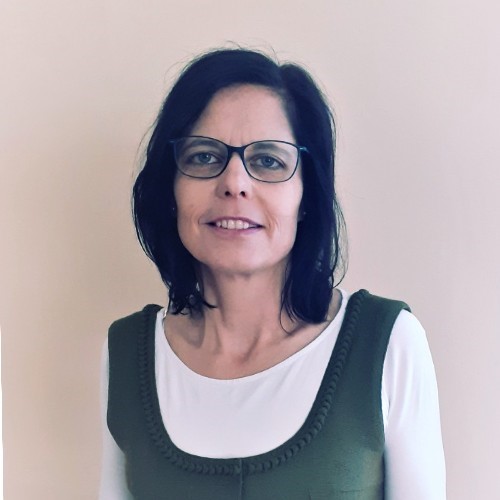
DI Renate Mayer
Acquisition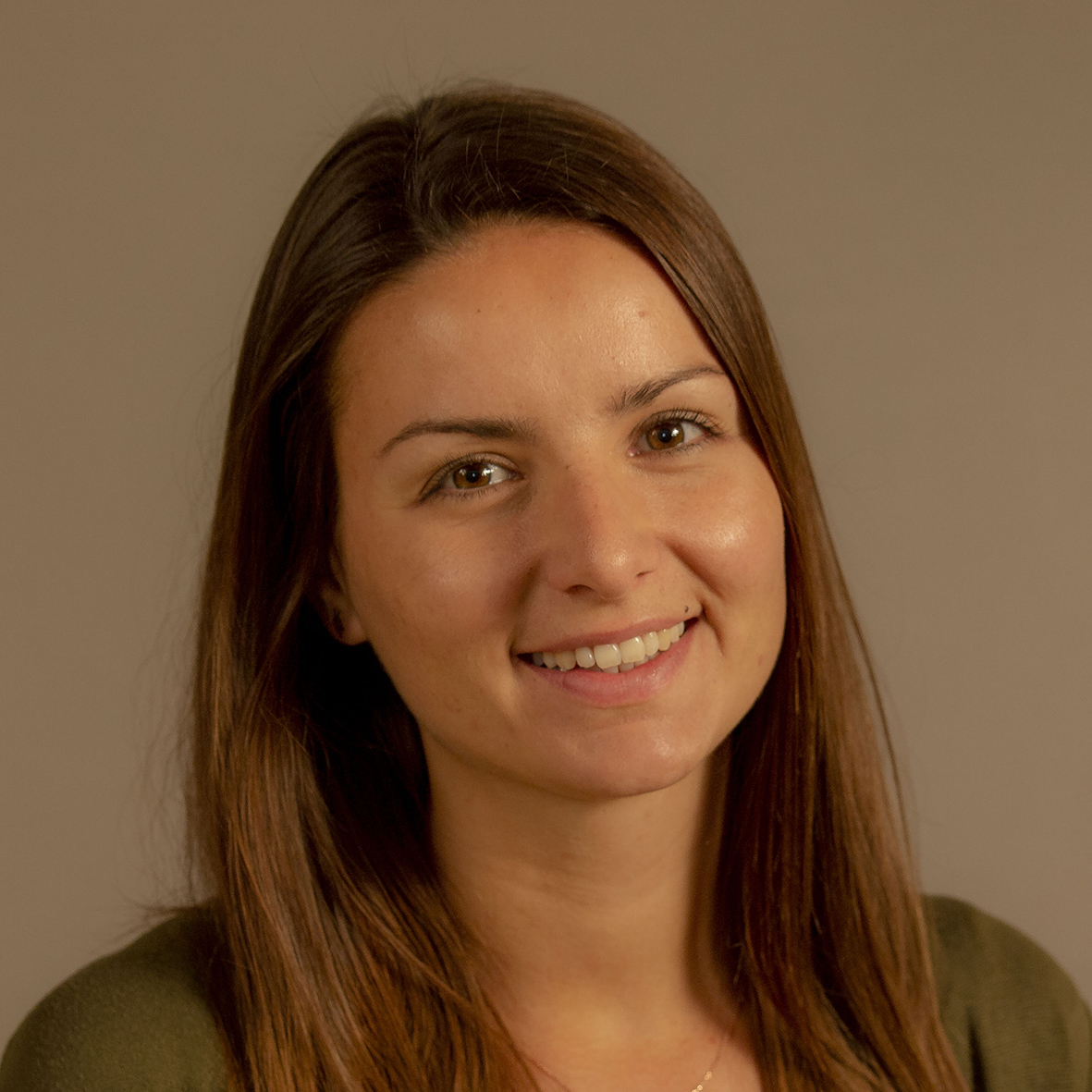
Mag. Kathrin Blanzano
Acquisition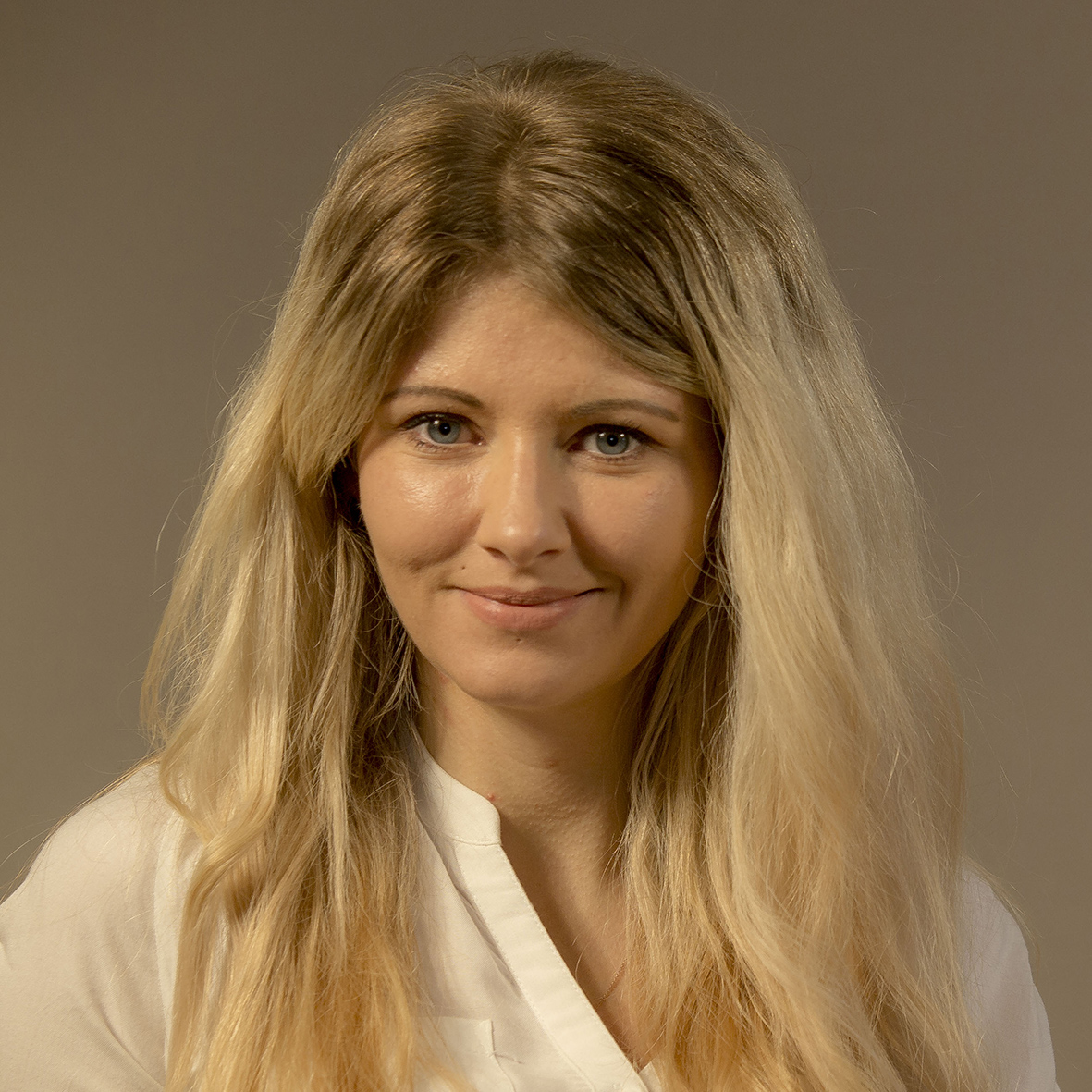
Mag. Verena Mayer
Acquisition






